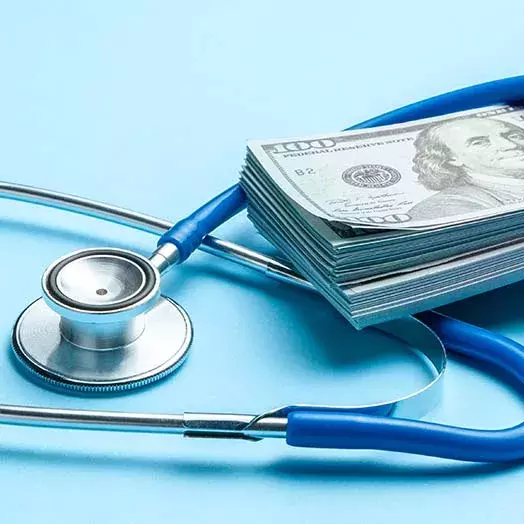
Emergency Medicine and Anesthesiology Specialties See Abnormally High Increases in Price
Emergency Medicine and Anesthesiology are two outlier medical specialties that had abnormally high increases in charges from 2010 to 2019, according to a new study in the Journal of General Internal Medicine by researchers at Johns Hopkins University and University of Toronto.
For the study, the researchers conducted an analysis of 51 medical specialties with physicians as service providers. They found that the percentage change in weighted average charge was highly positively associated with the percent change in weighted average Medicare payment. This association is expected because charges are often pegged to a multiple of Medicare rates. Among all specialties, oral surgery had the highest percentage growth over the period analyzed in both weighted average charge (111.5%) and weighted average Medicare payment (83.2%). Urology had the highest percentage decrease in both weighted average charge (−49.4%) and weighted average Medicare payment (−57.3%). However, emergency medicine and anesthesiology had notably increased charges with emergency medicine charges up 67.3% (Medicare payments down 4.7%) and anesthesiology charges up 59.5% (Medicare payments up 6.0%).
“These findings may help patients understand their potential financial exposure when receiving services from these specialties.”
Professor Ge Bai
According to the researchers, these finding indicate that emergency medicine and anesthesiology, as compared to other specialties, are more likely to set higher charges and result in financial burdens on out-of-network patients and their families. An earlier JAMA study by the senior author, Professor Ge Bai, shows that the emergency care and anesthesiology specialties had among the highest charge markups in 2014.
“Although patients may have some options in choosing where to receive emergency care or surgery, they often cannot exercise options in selecting emergency physicians or anesthesiologists,” said Bai, professor of practice at the Johns Hopkins Carey Business School. Bai’s research focuses on pricing, policy, and management within the health care industry. “These findings may help patients understand their potential financial exposure when receiving services from these specialties.”
The data in this study are from the Physician/Supplier Procedure Summary as published by the Centers for Medicare & Medicaid Services. It summarizes all Medicare Part B (outpatient) fee-for-service claims for all services for 97 medical specialties across the United States. The analysis uses total service counts, total Medicare payments, and total submitted charges in 2010 and 2019 for 51 specialties with physicians as service providers.
The study is highly relevant to the federal No Surprise Act, which went into effect January 1, 2022. Bai stated, “The No Surprise Act is intended to protect out-of-network patients against high medical bills, but it does not address patients’ inability to comparison shop. The in-network price for these two specialties will likely increase as providers attempt to get better in-network deals to offset revenue loss from out-of-network patients.”
The research was supported by Arnold Ventures, a private investment fund that specializes in health care, education, criminal justice, and public finance.